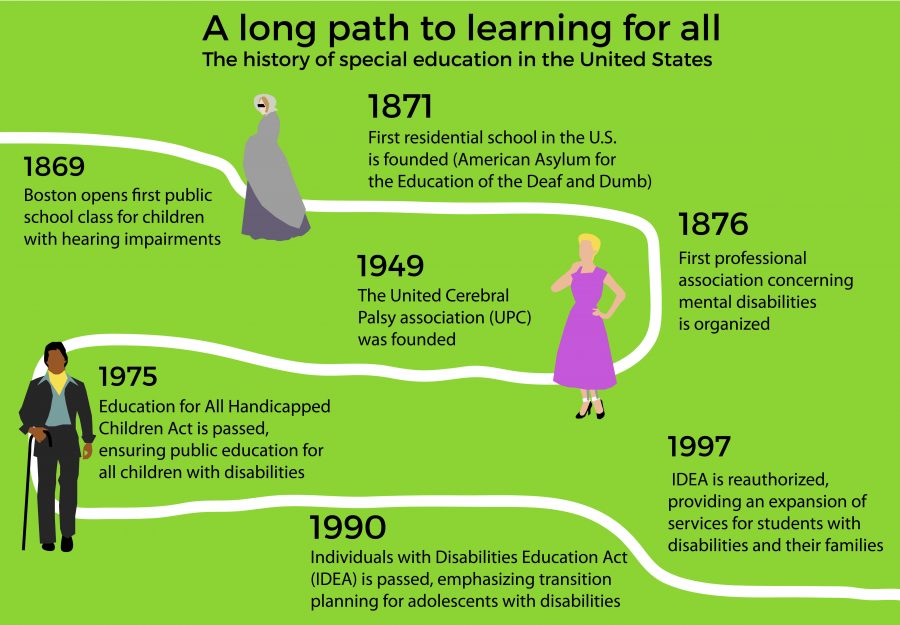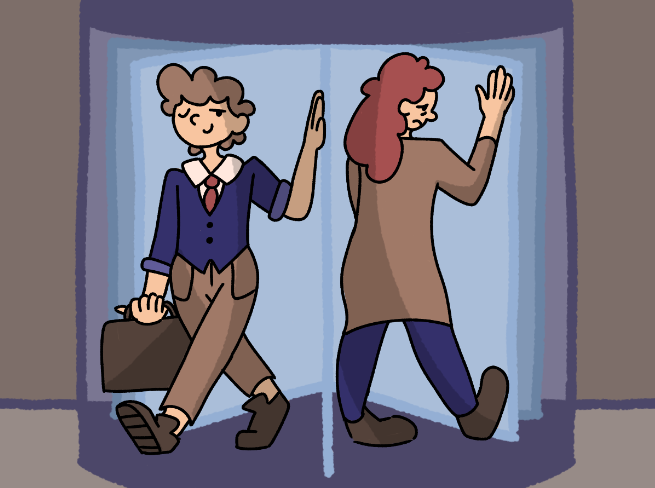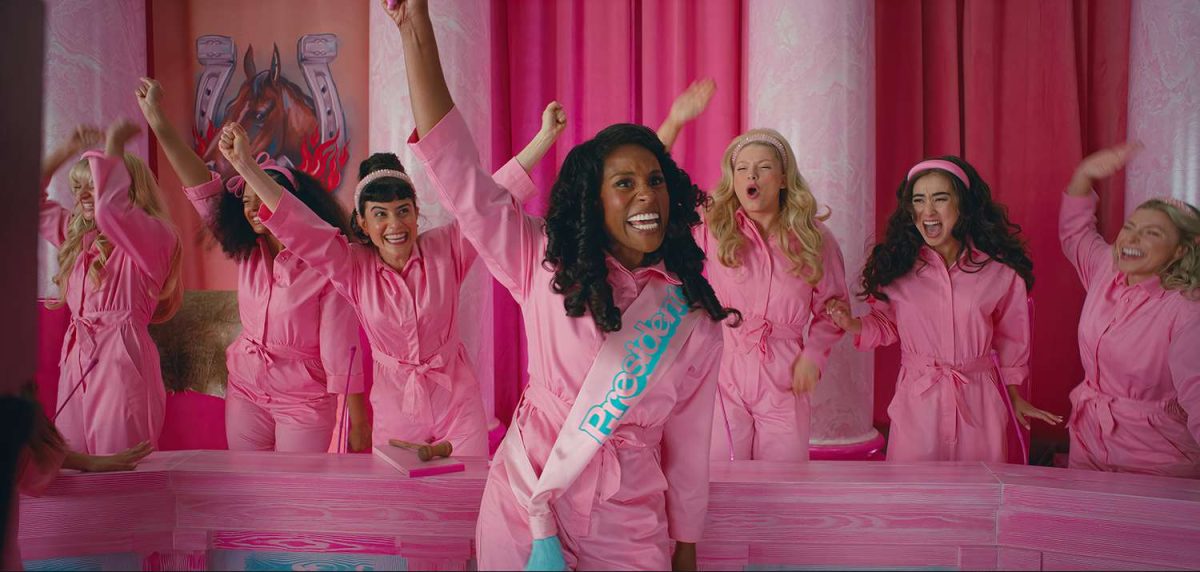I was in my sophomore year when I first heard about person-first language. Scrolling through articles on The Mighty, an online site dedicated to sharing the stories of those with special needs, I came across the concept in a small post written for Disability Awareness Month in March.
Though it seemed simple, the idea was enough to cause me to pause in my browsing. It amazed me that changing the order of one’s words in a sentence, saying “the boy with Autism” instead of “the autistic boy” was powerful enough to change the entire tone of the conversation from being about a disability to being about a person.
Unfortunately, for many of those outside of the special needs community, it can be difficult to understand the significance of such a change. The meaning between the two phrases is practically the same, so without an explanation, it can seem like advocates are splitting hairs over wording. Since I originally learned about person-first language, I’ve noticed so many people in the media or in everyday conversations list someone’s disability before anything else, simply because they didn’t realize their words alone were alienating.
It isn’t just people’s wording that can cause issues. When my two younger brothers were in elementary school, inclusiveness was never a problem. Despite being 13 months apart in age, the two have been in the same grade since kindergarten — Matthew, the older of the two, repeated his first year of school. Matthew has Down Syndrome and was in the special education class, but that never stopped my brother and his friends from playing with him at recess or eating lunch at the same table as he did.
Yet, as time has passed, I’ve watched the same students who used to play games and share a table with Matthew grow apart from him, not because they don’t like him, but simply because they’ve gotten older. The same kids who used to have full conversations with him now talk to him just a little bit differently. It’s not that they don’t treat him like a person anymore; they just treat him like a person with a disability.
I’ve seen so many people who, without noticing it, look at those with special needs differently from everyone else. They shoot awkward glances at their friends when the special education class walks past on their way to the lunchroom, or they chuckle a little too obviously to themselves when one of the students has a meltdown. Worse yet, these people address those with special needs by crouching to their eye level and talking down to them, as if these students were toddlers and not their peers.
Society doesn’t always help with this degrading point of view. When people separate the students with special needs from the rest of the student body in schools, it keeps them tucked away from opportunities to socialize with others in their grades. It’s too easy for people to think of these students as different when their classrooms are confined to the basement of the school or when they’re required to sit in a different section of the cafeteria than other students.
Of course, I understand that some students are lower functioning than their general education peers and won’t understand everything from a regular point of view. I also know that so many other factors affect the location of special ed classrooms aside from social interaction. But these are just some of the things that contribute to people’s blatant lack of inclusiveness toward those with special needs.
With society in recent years becoming more concerned with treating people equally — the U.S. Supreme Court legalizing gay marriage in June 2015 or the various feminist movements that have occurred nationwide in the past decade are just a few examples — it’s no surprise that so many have been making the effort to be more inclusive. It is possible, however, to try too hard. If we already look at those with disabilities or any other under-appreciated groups around us as being different, how can we ever expect to truly treat them as being the same as the rest of us?
To genuinely be a community driven to include others, we have to be able to see each other as people. Some of us may be different than others, yes — but then again, we’re all different and unique in our own ways. Whether someone has a different skin color than those around them or a different number of chromosomes, he or she should still be treated the same as everyone around them. If we can learn to embrace our differences while also looking past them to the person underneath, then we will truly be inclusive.
Only when we can learn to see everyone as a person first will we finally be able to call each other equals and mean it.
Do you think that people-first language is a step in the right directions for equality? Leave your questions and comments below.
Categories:
No equality without inclusivity
April 30, 2016
2
0
More to Discover

















































































Tina Schroeder • May 4, 2016 at 2:19 pm
Absolutely beautifully written. I love this article! Fantastic work by a fantastic daughter, sister and author!
Ethan Hayes • May 4, 2016 at 8:30 am
I personally work with special needs chidlren at my cheer gym and one of them actually goes to this school(Her name is Sydney). I just wanna say that its heartening to see someone tackling this issue. When I help Sydney with cheer I always coach her as I would coach my regular fliers and to my suprise she always listens, I think people talking to special needs same as you`would anyone else actually helps them to talk like everyone else. Thank you for writing this article to show everyone else that people with disabilities can be like everyone else.